Winter is coming, and if all indications are correct, this one might be a doozy. PEScience, the company we've long followed thanks to their Select Protein, recently released their psyllium husk based Regulate-GI, and now they're entering the immunity niche just in time with Immune-ST.
Immune-ST: low-cost immunity add-on with vitamins, minerals, and mushrooms
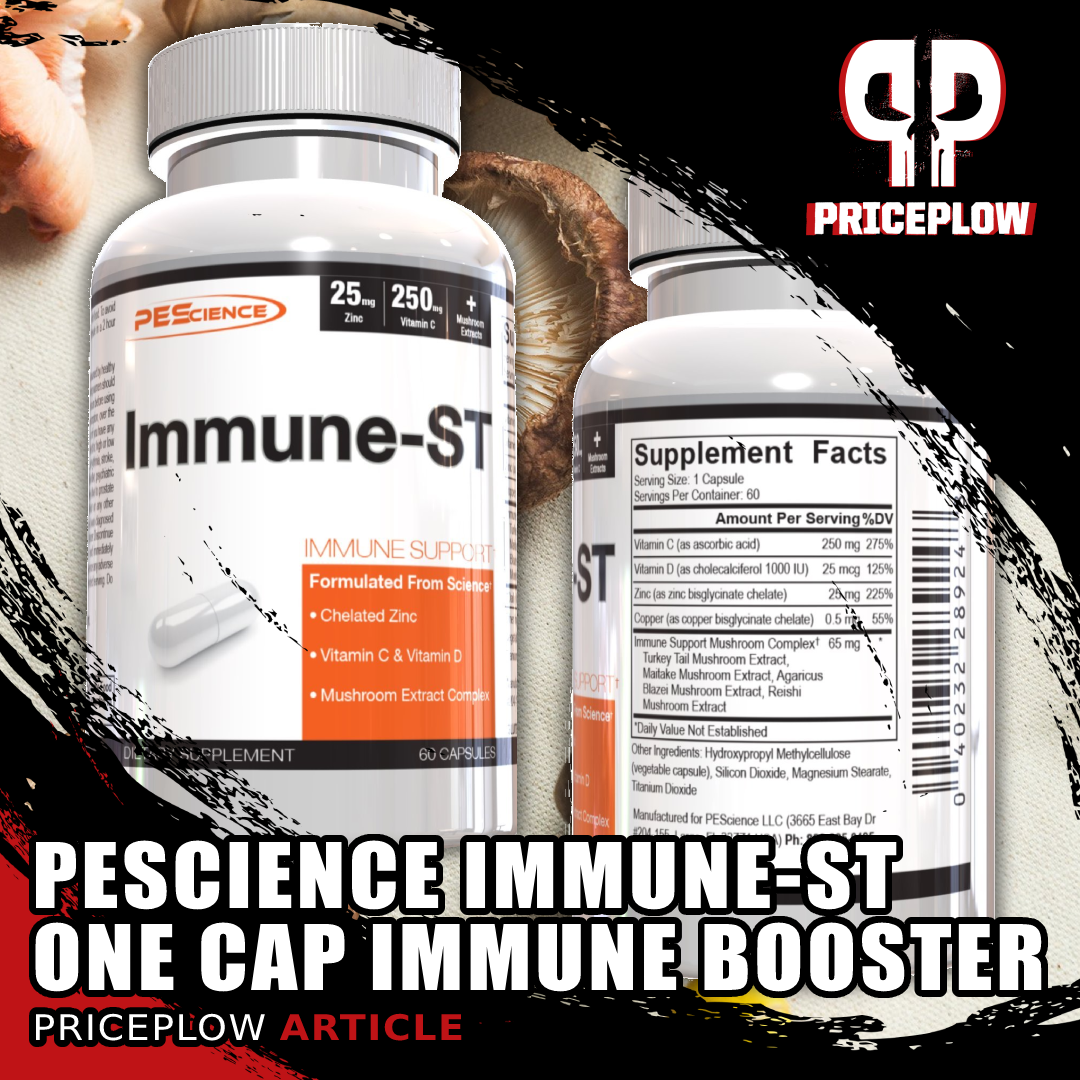
PEScience Immune-ST brings a lot of benefits in just one capsule - but you can double down if you're "feeling it coming"
Already known for their TruMulti pair of men's and women's multivitamins, PEScience wants to provide a little bit extra for those who are traveling, preparing for the winter, concerned about pathogenic "exposure", or have any other reason to need some immunity help.
In just one capsule, you get the following boost:
- Vitamin C
- Vitamin D3
- Zinc
- Copper
- Mushrooms providing beta-glucans
High-Bioavailability Minerals
It's important to note that the zinc and copper are of the chelated form that are bound to glycine, which show far greater uptake than traditional forms. Most multivitamins don't use these, and they alone are worth it.
We get into the details below, but first, see PricePlow's coupon based prices and sign up for our PEScience news alerts:
PEScience Immune-ST – Deals and Price Drop Alerts
Get Price Alerts
No spam, no scams.
Disclosure: PricePlow relies on pricing from stores with which we have a business relationship. We work hard to keep pricing current, but you may find a better offer.
Posts are sponsored in part by the retailers and/or brands listed on this page.
This area is reserved for Team PricePlow's upcoming Ingredients video.
Subscribe to our channel and sign up for notifications so you catch it when it goes live!
PEScience Immune-ST Ingredients
Although you can take two capsules in times of need, each serving is one capsule, which contains the following ingredients:
-
Vitamin C (as ascorbic acid) - 250 mg (275% DV)
Most everyone knows Vitamin C is an essential vitamin with powerful antioxidant properties.[1] At 250 milligrams, it takes up the majority of the Immune-ST capsule, bringing several benefits.
Research shows that when taken consistently, vitamin C generally reduces how long and how severe someone is sick.[2-15] Note that several of the studies are from the 1970s, as the ingredient became accepted into the general health zeitgeist in the decades since.
While these results are very promising, they're not quite as powerful as many Vitamin C manufacturers and social media experts claim them to be, so we never hang our hats on this ingredient alone. That said, any improvement is a good improvement, and oral vitamin C has been part of several beneficial studies the past couple of years alongside other ingredients.[16-19]
Vitamin C's athletic benefits
Since this is an athletic sports nutrition site, we also love to mention that Vitamin C helps reduce post-workout muscle damage,[20,21] and is of course included in PEScience's High Volume stimulant-free pre workout supplement because it's synergistic with other ingredients inside, namely the nitric oxide boosting nitrate.[22]
Part of a solid looking overall health stack, from PEScience, who added Vitamin C to their collagen for improved efficacy
In addition, higher-dose vitamin C has been shown to boost nitric oxide production on its own,[23] but those with low vitamin C levels have worse athletic performance and lower nitric oxide production.[24]
Also recall that vitamin C boosts collagen production, which we covered in our PEScience Collagen Peptides article, which includes acerola to boost vitamin C and the product's flavor profile.
Other vitamin C benefits
Vitamin C can reliably lower C-Reactive Protein, an important biomarker for inflammation.[25,26] In addition, it can also improve bone mineral density,[27,28] which is important as we age.
Because of this, we do believe vitamin C (as well as vitamin D and chelated zinc, which come next) should be somewhere in every supplement stack - even if not specifically chasing extra immunity.
PEScience's TruMulti multivitamin also contains 250 mg.
-
Vitamin D (as cholecalciferol) - 25 mcg (1000 IU) (125% DV)
It's not an immunity supplement without Vitamin D! Most people know about this wonderful "vitamin" because of its generation in the skin through sunlight exposure. While sunlight enables our bodies to convert our 7-dehydrocholesterol to cholecalciferol (Vitamin D3),[29] we can also supplement D3 itself. Once we have that (via sunlight or supplementation), it gets converted into the active Vitamin D3 hormone, 1,25-dihydroxycholecalciferol or calcitriol. This leads to numerous benefits, which include immunity.
Immune-boosting vitamin
Remember that supplemental Vitamin D helps your body generate the active hormonal form just like your skin is able to do with sunshine!
Several research studies have shown that vitamin D supplementation leads to improved immunity. In 2010, researchers published a randomized, double-blind, placebo-controlled study, finding that taking 1200 IU of vitamin D3 daily for 30 days led to a 40% reduced chance of catching the flu in school children.[30]
Results like that are backed up by a large meta analysis published in 2017, which looked at 25 randomized controlled trials. The paper concluded that vitamin D supplementation is a valuable tool in preventing and fighting respiratory infections, especially for those deficient (which includes many of us in the winter).[31]
This research is backed up with additional studies showing improvements against heart disease and other diseases like multiple sclerosis.[32,33]
Solid mood booster
While we're at it, there are also studies showing mood improvements when taking vitamin D supplements for a prolonged amount of time.[34] Most know that one's mental state can impact immunity,[35] so the mood benefits are worth considering.
PEScience's TruMulti also contains 25 micrograms / 1000 IU, which should combine to get a solid daily amount, since we generally suggest 2000-5000IU per day, depending on your size and sunshine status.
-
Zinc (as zinc bisglycinate chelate) - 25 mg (225% DV)
Just like the above vitamins, you don't want to miss this mineral in any immunity formula. There are two things about this zinc inclusion:
-
The type -- chelated zinc is the top-end of zinc bioavailability, as we'll discuss below
-
The dose -- at 25 milligrams, you can take two capsules to hit 50 milligrams during times of need.
Zinc vs. the cold and more
With KSM-66 Ashwagandha and Nutrition21's Chromax Chromium Picolinate, the PEScience TruMulti Series is a multivitamin with diet support in mind
At this point, most know that zinc supplementation has numerous benefits, including reducing common cold symptoms.[36-46] Knowing this, it's rightfully included in nearly every immunity supplement, which has definitely been helpful for many. Reason being, those with healthy zinc status have shown far better recoveries from "newer" cold viruses,[47-49] and it's been extremely useful in early treatment (especially when used with other drugs),[50,51] and has even shown some success in late treatment.[52,53]
How zinc works for immunity
It's long been known that zinc deficiency leads to immune deficiency,[54] so to speak, so avoiding that is a major (but not the only) key to improved immune function. This makes sense, given how important the mineral is for immune cells like natural killer (NK) cells, macrophages, and neutrophils.[54] These are all part of the innate immune system, which identifies infected cells and destroys them without harming healthy cells.
However, the body cannot proliferate T-cells and B-cells -- part of the adaptive immune system that builds systemic immunity via antibody creation -- when zinc deficient.[54]
Zinc is also an antioxidant that can protect against free radical damage.
There are countless other benefits to zinc supplementation, including improved testosterone levels, better mood, better metabolic response, cognition, general well-being, and more, but we're sticking to immunity research in this article.
Get it absorbed better with amino-acid bound chelated minerals
PEScience Greens & Superfoods features a unique formula for optimal benefits!
The issue is that the digestive system is terrible at absorbing minerals. The body is also terrible at absorbing low-quality forms like zinc oxide,[55-57] which we see far too often in cheap supplements. In fact, some humans get literally no absorption from zinc oxide![55]
But guess what our digestive systems are great at absorbing... amino acids! By binding the zinc to an easily-absorbed amino acid -- glycine -- we can effectively "trojan horse" the zinc into our systems, where our bodies disassociate them and let the zinc do its job in plasma!
The research backs up the theory, too -- zinc bisglycinate chelate has shown clear superiority to both zinc gluconate and zinc oxide in terms of absorption and bioavailability.[58,59] It also outperformed zinc sulfate in animal studies.[60] When it comes to zinc, the amino acid bound forms win every time we see them put against other types of the mineral.
PEScience's TruMulti contains 11 milligrams from zinc aspartate -- we believe zinc bisglycinate chelate to be a better form.
-
-
Copper (as copper bisglycinate chelate) - 0.5 mg (55% DV)
Copper is a trace mineral that's essential for immune function, and similarly to zinc above, we have copper bisglycinate chelate, which is a glycine-bound form made for improved uptake and bioavailability.
Copper is used as a cofactor for many enzymes in the body,[61] and several biochemical processes cannot be effectively carried out without the mineral on hand. The enzymes that deal with it are known as cuproenzymes, and have the following functions:[61]
- metabolism of iron
- production of ATP
- growth of connective tissue
- stimulation of neuropeptides
- activation of neurotransmitters[61]
Copper is critical for the production of hemoglobin and red blood cells, and one of the most important cuproenzymes in the body is ceruloplasmin, which carries more than 95% of the copper found in our plasma.[61,62]
In terms of immunity, research has shown that supplementing copper helps restore T-cell counts in animals with deficiency,[63] so a major goal of ours here is to avoid deficiency, not to megadose! The amount here should be enough to make that happen, alongside your healthy diet and multivitamin.
In another study published in 2015, copper deficiency was shown to exacerbate malfunctioning of the innate immune system, which included problems with leukocyte proliferation, maturation, differentiation, as well as macrophage and neutrophil function.[64] These phagocytes are all critically important to destroying harmful pathogens.
Additionally, the incredibly powerful antioxidant known as superoxide dismutase requires copper to function properly.[61]
Animal study: Better bioavailability than copper sulfate
Although we don't know of any human research comparing copper bisglycinate to other popular forms, there is an animal study that concluded that "relative bio-availability of Cu from CuGly (copper glycinate) was greater than from CuSO(4) (copper sulfate)" in Angus steers.[65] Ruminant animals have completely different digestive tracts from us, but it's still a good sign, especially coupled with the theory and the above data on zinc.
PEScience's TruMulti contains 0.9 milligrams (100% DV) from copper sulfate.
-
Immune Support Mushroom Complex - 65 mg
PEScience tops off the rest of the capsule with some added immunity support from a mushroom complex consisting of turkey tail, maitake, agaricus blazei, and reishi mushrooms!
While this dosage may seem small, we're told that it's a strong extract:
"The mushroom extracts are all pretty potent, 50-60% min beta-glucans/polysaccharides, so a 65mg mushroom blend comes in around a 25:1 extract, at 2 caps, 3g of total raw mushroom powder equivalent"
-- PEScience
This tells us what we need to look at primarily: beta glucans!
Beta glucans for immunity
Beta-glucans (also written β‐Glucans) are naturally-occurring fibers found in many foods like shiitake mushrooms, baker's yeast, barley, oats, and rye. These fibers are used as both structural components and energy stores in the walls of their respective cells, whether it's in algae, plants, fungi, or bacteria.[66]
Where the Beta-Glucans comes from makes a very big deal. 1,3/1,6 is where we get immune benefits.[67]
Different food sources yield different types of beta-glucans with differing benefits. Some, like those from oats, are more metabolic in nature, while others, like those from yeast and mushrooms, are more immunological.[67-69]
Research has shown that the types from mushrooms (β-1,6 branching)[67] are able to activate several immune system pathways.[70-72] This leads to better recognition of foreign bacteria, viruses, and even damaged or infected cells, which helps the body incite faster and better-targeted cell death against the cells we want removed.
These benefits have been demonstrated specifically with maitake[71] and turkey tail,[72] two of the mushrooms inside this blend.
Further, beta-glucans can upregulate immune cell activity to protect against bacterial infections, viruses, and other pathogens.[73]
The further we go down the "mushroom rabbit hole", the more we're impressed. We firmly believe that healthy mushroom and organ meat consumption are pivotal to achieving prime health, on top of removing processed oils and refined carbohydrates.
Dosage
Combined with a high-quality multivitamin like PEScience TruMulti, taking one capsule per day with food is generally a good idea.
However, during times of travel, sickness, exposure to pathogens, or general high concerns, two capsules can be taken, preferably spaced out.
PEScience Immune-ST: A Low-Cost Immunity Booster
For many of us, immune system supplements don't need to be overly complex or expensive -- we just need to top off our current stores of key vitamins like C and D and ensure that we have enough zinc and copper to let our immune systems function optimally.
Combined with PEScience TruMulti and a high-protein diet (Select Protein or Vegan Select Protein can help there), your body's immune system has a great base to work from.
As mentioned above, the more we research mushrooms, the more we're impressed. They simply contain too many beneficial compounds that we don't get in the standard Western diet, and if you're not going to eat a mix of mushrooms, supplementing them should be considered.
It's of course worth mentioning that metabolic health is one of the keystones of proper immunity - vitamins and minerals are great, but if you're still completely insulin resistant and toxic with industrial oils and refined sugars at this point, you've missed the point. Now more than ever is a time to get away from seed oil and empty carbs, moving to a nutrient dense diet.

See our PEScience page to compare prices on all of their excellent supplements!
In the case of metabolic support, most know about Alphamine capsules and Alphamine energy powder, but one highly underrated supplement to consider is LipoVate, which can improve several metabolic parameters along with that clean diet.
PEScience has done a great job of keeping their products simple, streamlines, and in as few capsules as possible. Immune-ST is another great one in the line of products.
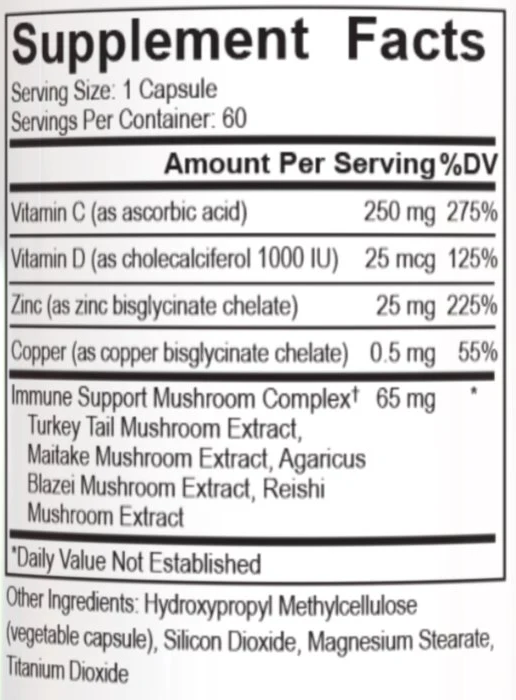
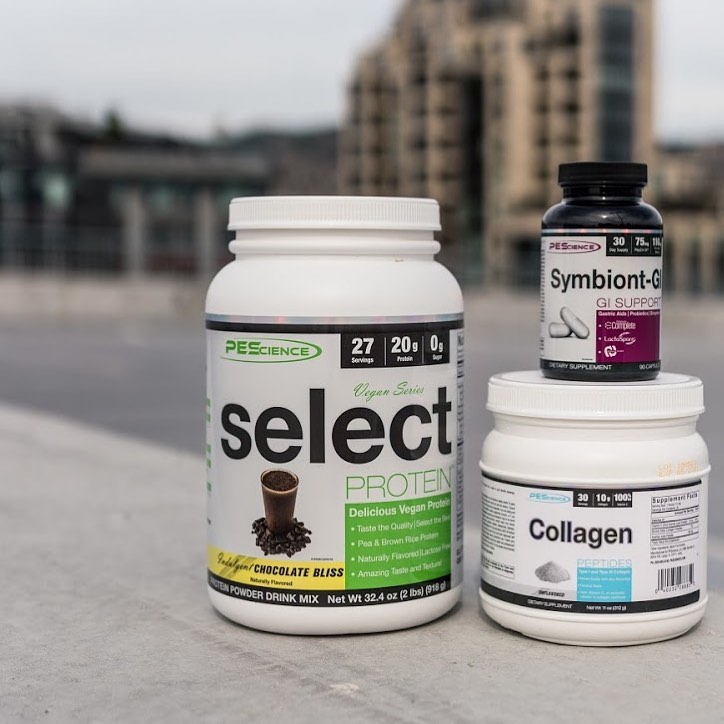

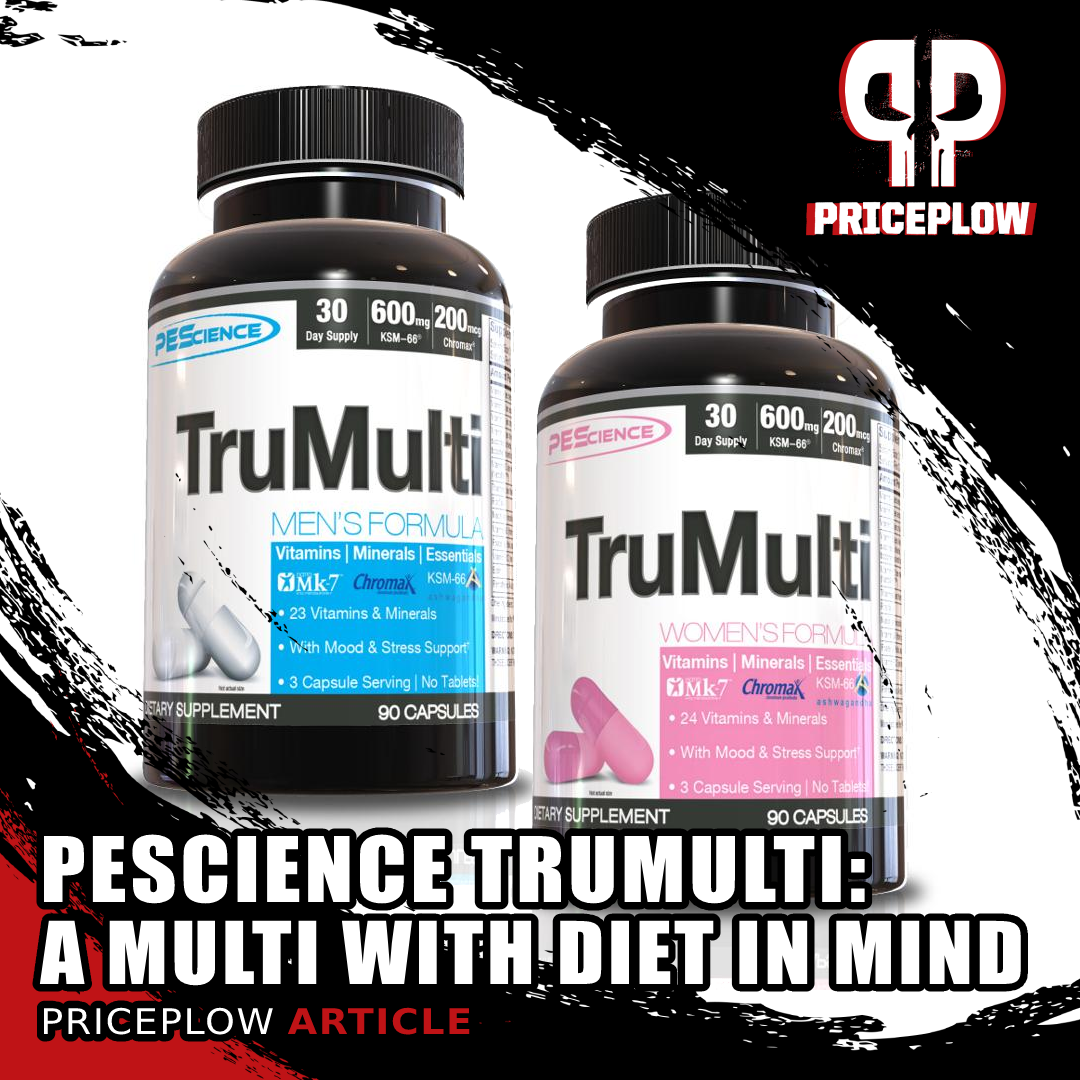
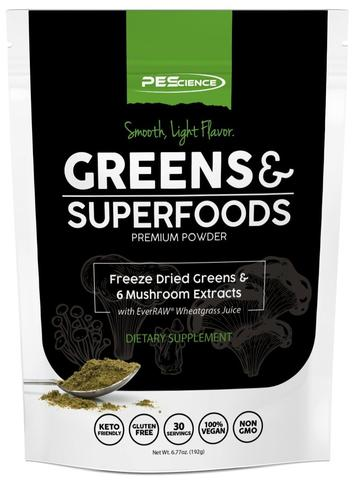
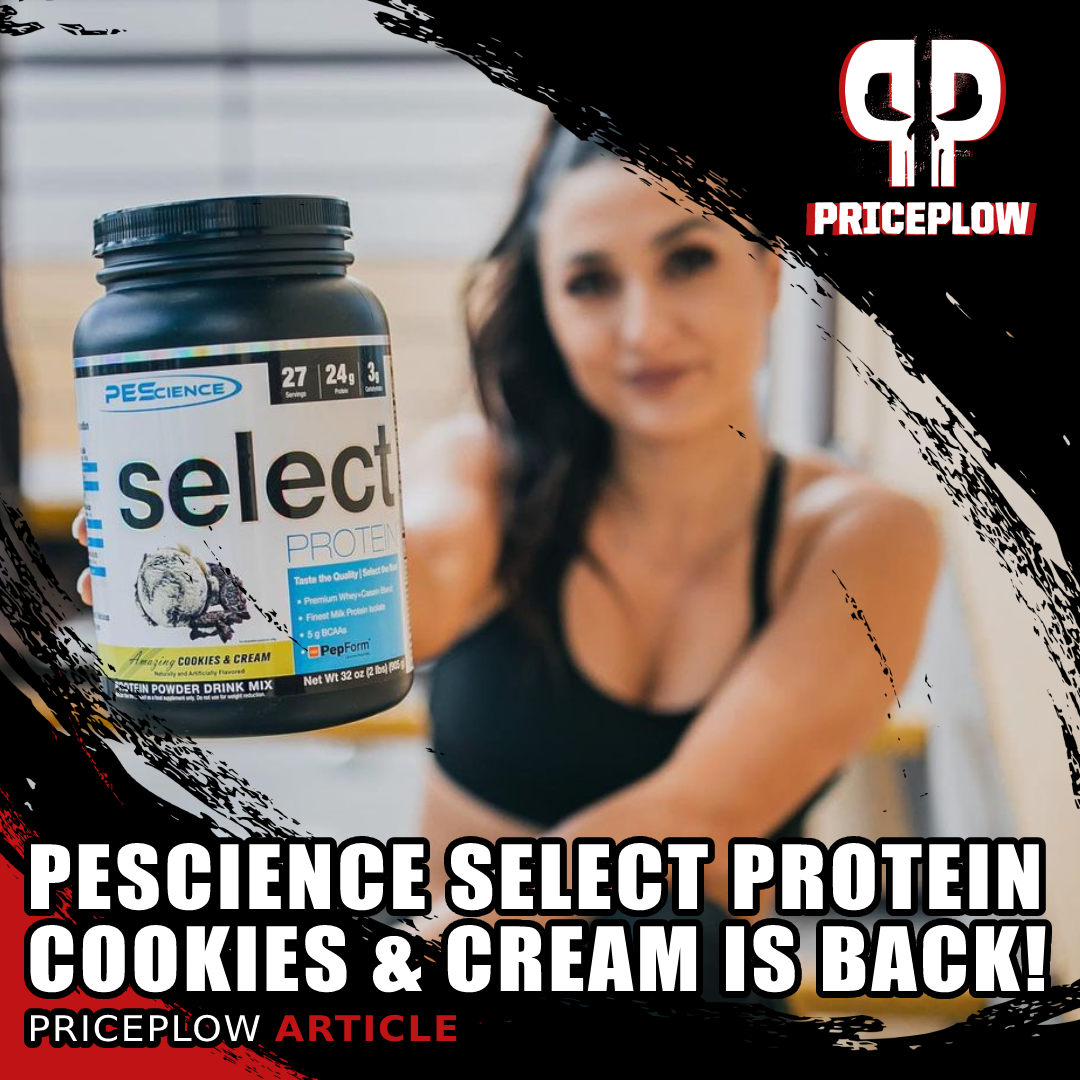

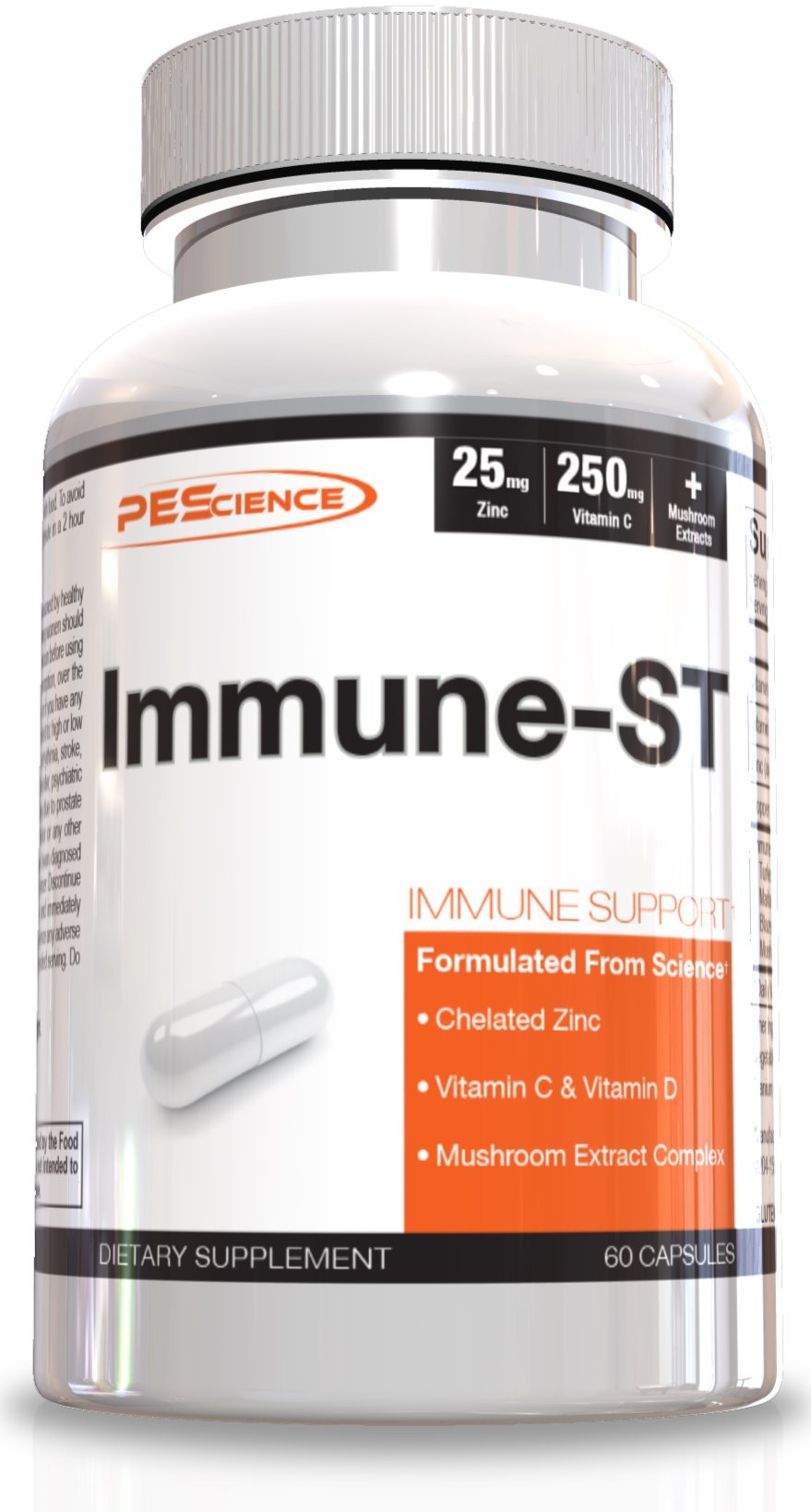


Comments and Discussion (Powered by the PricePlow Forum)